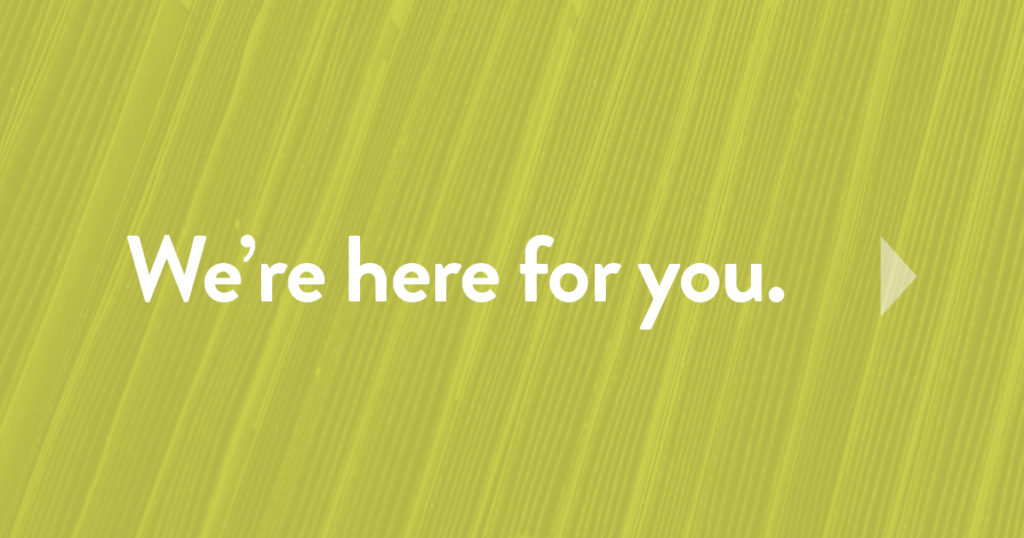
The U.S. House of Representatives and U.S. Senate approved a new COVID-19 stimulus package for the fiscal year 2021. The stimulus package includes further relief for American citizens and businesses that were negatively affected by the COVID-19 pandemic. Included in the stimulus package is an extension and second round of funding to small businesses through the Paycheck Protection Program (PPP). Below is an outline of the changes to the PPP that will help you determine if your business is eligible for funding through this second round of PPP.
Paycheck Protection Program Round 2
- Eligibility: Eligible businesses must (i) employ no more than 300 employees (down from 500 employees in the first round of PPP loans); (ii) have used the entire amount of its first PPP loan or will use such amounts; and (iii) show that it has suffered at least a 25% reduction in gross receipts in any quarter of 2020, compared to the same quarter in 2019.
- Maximum Funds to Borrow: Loans are capped at 2.5 times a business’s average monthly payroll costs in the year prior to the loans being issued. Loans are limited to a maximum of $10 million for first time PPP borrowers and $2 million for second time borrowers.
- Further Relief for Restaurants and Hospitality Businesses: Businesses designated with NAICS code starting at 72 (i.e. hospitality, accommodation, and food services) are eligible for loans in the amount of 3.5 times the average total monthly payment for payroll costs. However, the maximum amount to borrow is still capped at $2 million for second time borrowers.
- Expenses Covered with PPP Loans Expanded: Congress expanded the types of expenses for which all PPP loans can be used, which also applies to existing PPP loans (except in the event that forgiveness has already been obtained) and new loans. The PPP loans now allows proceeds to be used for:
- Worker Protection Expenditures: Operating or capital expenditures that allow a business to comply with requirements or guidance issued by the CDC, HHS, OSHA or any state or local government from March 1, 2020 to the date in which the national emergency declared by the president expires related to the maintenance of standards for sanitation, social distancing, or any other worker or customer safety requirement related to COVID‑19.
- Operations Expenditures: Payments for business software or cloud computing service that facilitates business operations, product or service delivery, the processing, payment, or tracking of payroll expenses, HR and billing functions, or account or tracking of supplies, inventory, records, and expenses.
- Supplier Costs: Expenditures to a supplier of goods that are essential to the operations of the entity at the time at which the expenditure was made and is made pursuant to a contract or order in effect at any time during the covered period.
- Property Damage Costs: Costs related to property damage and vandalism or looting due to public disturbances that occurred during 2020 that was not covered by insurance or other compensation.
- Loan Forgiveness Application for Loans $150,000 and Under: Loan proceeds that are $150,000 and under are eligible for automatic forgiveness if the borrower fills out a one-page form swearing that the borrower complied with the requirements for the PPP loan. The law specifically provides, however, that for these loan amounts, enforcement actions will be taken against the borrower if fraud is committed or the money was spent on ineligible expenses.
- Covered Period Lengthened: The covered period (the time in which a borrower must use the funds to qualify for forgiveness), was lengthened from an eight-week period beginning on the date the borrower received the loan proceeds, to now twenty-four weeks. Borrowers can choose the length of their covered period so long as the period is between eight and twenty‑four weeks.
- When Can A Business Apply: Financial institutions will be able to make first draw loans (loans to businesses that did not previously receive a PPP loan) beginning on January 11, 2021. Second draw loans (loans to businesses that previously received a PPP loan) begin on January 13, 2021. The program will end on March 31, 2021, or earlier if the money runs out (like it did in the first round of funding).
The new COVID-19 stimulus package and PPP loan program can be nuanced and confusing for anyone, and that is why we are here to help. If you have any questions regarding this new program, please contact Jamie Batt (batt@ruppbaase.com) or any other member of our Business Law team. Remember, you must act fast, as this program has now begun and the prior PPP loan funds ran out quickly. If you have questions Let’s Talk.

